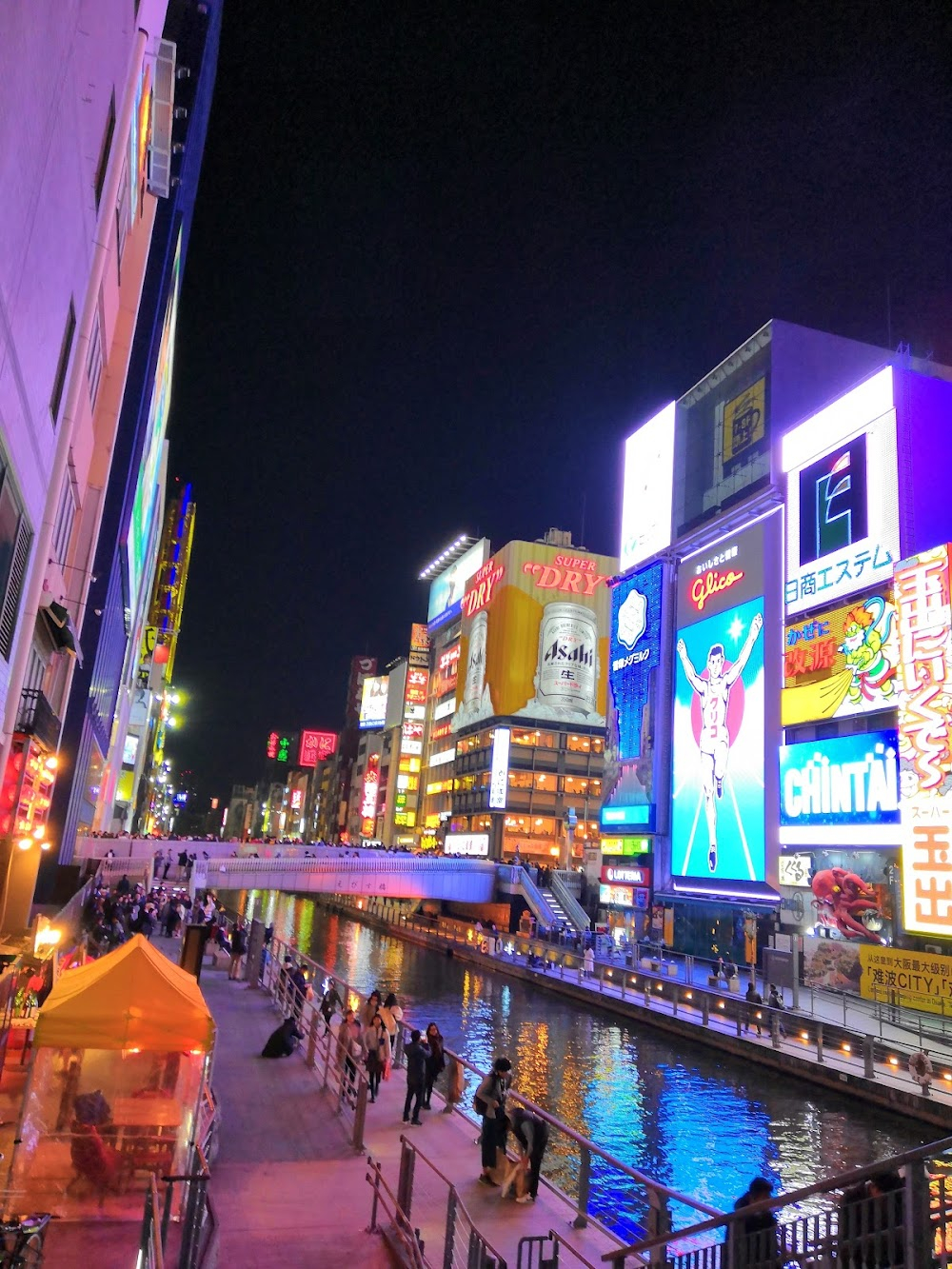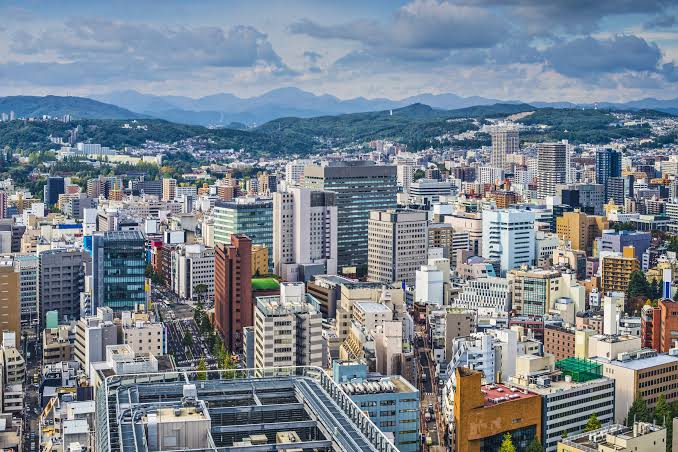The Power of Two Filming Locations

Where was The Power of Two filmed? The Power of Two was filmed in 14 locations across United States and Japan in the following places:
The Power of Two Filming Locations
San Francisco, officially the City and County of San Francisco, is a commercial, financial, and cultural center in Northern California. With a population of 808,437 residents as of 2022, San Francisco is the fourth most populous city in the U.S. state of California behind Los Angeles, San Diego, and San Jose.
California, a western U.S. state, stretches from the Mexican border along the Pacific for nearly 900 miles. Its terrain includes cliff-lined beaches, redwood forest, the Sierra Nevada Mountains, Central Valley farmland and the Mojave Desert. The city of Los Angeles is the seat of the Hollywood entertainment industry. Hilly San Francisco is known for the Golden Gate Bridge, Alcatraz Island and cable cars.
San Francisco, officially the City and County of San Francisco, is a commercial, financial, and cultural center in Northern California. With a population of 808,437 residents as of 2022, San Francisco is the fourth most populous city in the U.S. state of California behind Los Angeles, San Diego, and San Jose.
Fukuoka, capital of Fukuoka Prefecture, sits on the northern shore of Japan’s Kyushu Island. It’s known for ancient temples, beaches and modern shopping malls, including Canal City. Maizuru Park contains ruins of 17th-century Fukuoka Castle. The central Hakata district contains Tōchō-ji Temple, home to a 10m wooden Buddha and the Hakata Machiya Folk Museum, with displays on daily life in the Meiji and Taishō eras.
Los Angeles is a sprawling Southern California city and the center of the nation’s film and television industry. Near its iconic Hollywood sign, studios such as Paramount Pictures, Universal and Warner Brothers offer behind-the-scenes tours. On Hollywood Boulevard, TCL Chinese Theatre displays celebrities’ hand- and footprints, the Walk of Fame honors thousands of luminaries and vendors sell maps to stars’ homes.
Madison, the capital city of Wisconsin, lies west of Milwaukee. It’s known for the domed Wisconsin State Capitol, which sits on an isthmus between lakes Mendota and Monona. The Wisconsin Historical Museum documents the state’s immigrant and farming history. The city's paved Capital City State Trail runs past Monona Terrace, a lakefront convention center designed by Frank Lloyd Wright.
Nara is the capital of Japan’s Nara Prefecture, in south-central Honshu. The city has significant temples and artwork dating to the 8th century, when it was Japan’s capital. Deer roam in Nara Park, site of Tōdai-ji temple. Daibutsu, Tōdai-ji's 15m-high bronze Buddha, is displayed in a large wooden hall. On the park's east side is the Shinto shrine Kasuga Taisha, which dates to 768 A.D. and more than 3,000 lanterns.
Okinawa is a Japanese prefecture comprising more than 150 islands in the East China Sea between Taiwan and Japan's mainland. It's known for its tropical climate, broad beaches and coral reefs, as well as World War II sites. On the largest island (also named Okinawa) is Okinawa Prefectural Peace Memorial Museum, commemorating a massive 1945 Allied invasion, and Churaumi Aquarium, home to whale sharks and manta rays.
Osaka is a large port city and commercial center on the Japanese island of Honshu. It's known for its modern architecture, nightlife and hearty street food. The 16th-century shogunate Osaka Castle, which has undergone several restorations, is its main historical landmark. It's surrounded by a moat and park with plum, peach and cherry-blossom trees. Sumiyoshi-taisha is among Japan’s oldest Shinto shrines.
Sendai is a city in Japan’s Tohoku Region, northeast of Tokyo on Honshu island. The remains of 17th-century Sendai Castle, built for samurai lord Date Masamune on Aoba Hill, overlook the city and include a museum of historic artifacts. The Sendai City Museum focuses on the history and culture of Japan’s Edo period, and displays Masamune’s samurai armor.
Tokyo, Japan’s busy capital, mixes the ultramodern and the traditional, from neon-lit skyscrapers to historic temples. The opulent Meiji Shinto Shrine is known for its towering gate and surrounding woods. The Imperial Palace sits amid large public gardens. The city's many museums offer exhibits ranging from classical art (in the Tokyo National Museum) to a reconstructed kabuki theater (in the Edo-Tokyo Museum).
The U.S. is a country of 50 states covering a vast swath of North America, with Alaska in the northwest and Hawaii extending the nation’s presence into the Pacific Ocean. Major Atlantic Coast cities are New York, a global finance and culture center, and capital Washington, DC. Midwestern metropolis Chicago is known for influential architecture and on the west coast, Los Angeles' Hollywood is famed for filmmaking.
Washington, DC, the U.S. capital, is a compact city on the Potomac River, bordering the states of Maryland and Virginia. It’s defined by imposing neoclassical monuments and buildings – including the iconic ones that house the federal government’s 3 branches: the Capitol, White House and Supreme Court. It's also home to iconic museums and performing-arts venues such as the Kennedy Center.
The Power of Two (2011)
A documentary with international implications about the importance of organ donation and transplantation, Cystic Fibrosis awareness and related health causes.


